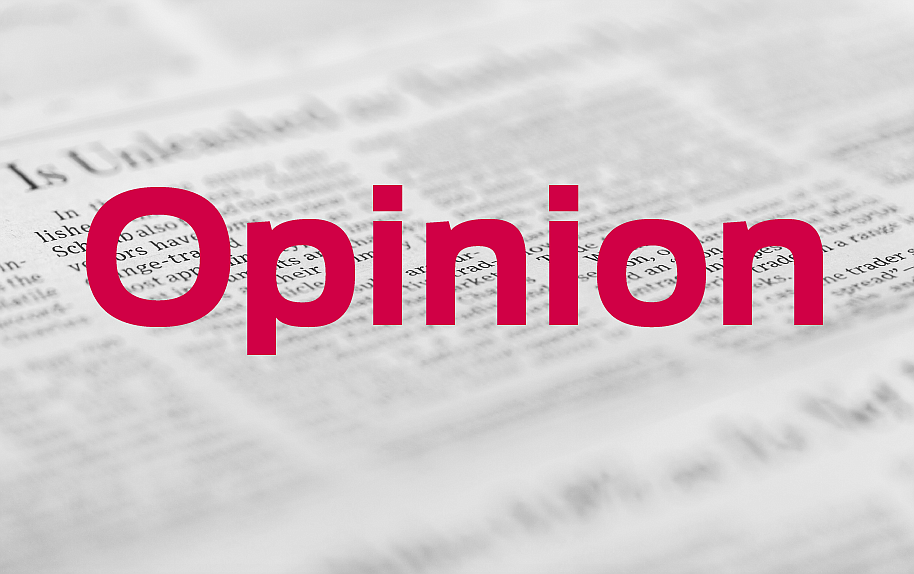- July 4, 2025
-
-
Loading

Loading

We are overloading you with data and statistics this week to make two key points about the presidential election in Florida:
First, conventional political wisdom is that to win the presidency, you must win Florida and its 29 electoral votes.
And to win Florida, you must win Central Florida and the Non-Party Affiliate, or independent, voters.
Ever since 1992, when Republican presidential candidates have won, they won 50% or more of the Central Florida voters. That’s the region known as the I-4 corridor — from Pinellas County on the Gulf Coast to Brevard (Space Coast) and Volusia (Daytona Beach) counties on the East Coast.
In the table below, we included 10 counties in the Central Florida corridor. You can see that in 2016, Donald Trump won seven of the 10 counties.
Since then, Republicans have increased their share of registered voters over the past four years in four of the 10 counties — and only slightly: Brevard (Space Coast), Volusia (Daytona Beach), Polk and Pasco (north of Clearwater-St. Petersburg). All of them traditionally vote Republican.
Likewise, Democrats increased their share of voters in four of the 10 Central Florida counties — in Orange and Seminole in metro Orlando, and in Hillsborough and Pinellas in Tampa Bay.
Seminole County is most noteworthy. Among the four counties with increasing percentages of Democrats, Seminole showed the biggest gain: from 33.6% to 35.1%.
That change shows the continued evolution and almost completion of metro Orlando going from red to blue over the past 30 years. Seminole County was metro Orlando’s last Republican stronghold.
And if you look at Trump’s winning margin in 2016 in Seminole, that clearly indicates that when you tune in to watch Florida’s results Nov. 3, watch Seminole County. If the election is close, that county could provide the margin of victory.
Note, too, that 28% of Seminole’s registered voters are independents. They will decide whether Seminole County goes with Trump or Joe Biden.
In fact, Florida’s independents are the key to victory. They now comprise 26% of Florida’s registered voters and continue to grow. Over the past four years, Floridians registering as NPAs almost doubled the number of new registered Democrats and was one-and-a-half times greater than those registering as Republicans (see table).
So you can pretty much predict that Trump will win at least 35.5% of the vote, and Biden will win 37.2%. Much harder to predict is how those 3.6 million independents will vote.
You can also predict with some certainty that Florida’s results will follow historical patterns:
According to the RealClear Politics averages, between Aug. 21 and Sept. 3, Biden led Trump in the polls 1.8 percentage points. As we know, however, these polls have the credibility of tarot card readers, and a lot can still happen between now and Nov. 3.
Our prediction: Florida’s outcome will hinge on what happens in Pinellas (St. Petersburg-Clearwater), Seminole and perhaps, Hillsborough counties. With Florida’s independents controlling 26% of the vote, the outcome also will come down to which of the two candidates will have resonated with them best.